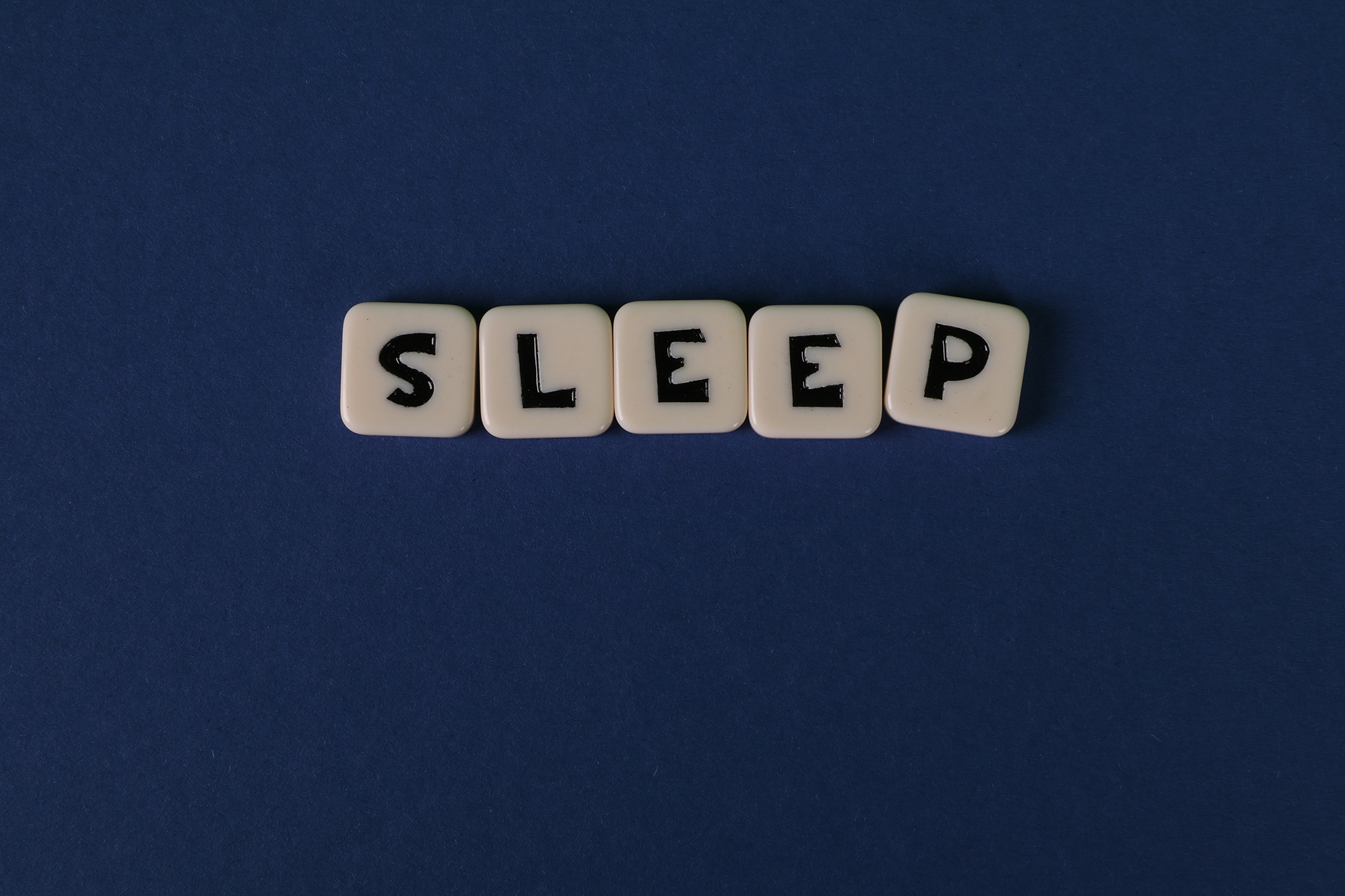I am a 22-year old college senior, barely out of my teens, reading articles about the decline of mental health in adolescents. I barely felt equipped to deal with my mental health in college, even with the emotional tools of someone in their 20s. I hear adults, from young to old, talk about their youth as a time of fun, with minimal responsibilities and worries. But it seems as if our youth is having a different experience right now.
These articles and statistics stir up two strong reactions: wondering how we got here and what we can do moving forward. So, let’s dive into the status of youth mental health.
Mental health encapsulates emotional, psychological, and social well-being. It affects how we act, feel, perceive, and react. Recently, the Centers for Disease Control and Prevention released data from the most recent Youth Risk Behavior Survey: 2011-2021, which included over 17,000 students between 9th and 12th grade.
The 2021 data shows record levels of declining mental health, with 42 percent of respondents reporting persistent sadness or hopelessness and 29 percent experiencing poor mental health within the 30 days before being surveyed. By 2021, both of these percentages had drastically risen from the beginning of the survey in 2011. This data is not the only indication of increasing mental health challenges – hospitals have been experiencing increasing rates of suicides and hospitalizations due to self-harm. Some say that mental health statistics are higher because of decreased stigma and increased reporting, but the numbers support a different explanation: teens are increasingly struggling.
Clearly, mental health among young people needs to be addressed. There are multiple factors that are thought to be contributing. With technology comes constant access to information, cyberbullying, consumption of violent news and threats to the present time without effective solutions, as well as self-comparisons on social media – all feeding fear, anxiety, and feelings of discontentment. Teenagers are already experiencing the stress of “hustle culture” at this young age, feeling pressure to pursue a future with a certain status: big money and flashy titles. Not to mention, the COVID-19 pandemic definitely contributed to teenage mental health rates. People were completely isolated and relied on technology to interact with peers, and this has exacerbated the high rates of loneliness and depression.
So, what’s the solution?There is no one-size-fits all, immediate solution, but there are changes that can be made to reduce the mental burden teens are feeling.
My friends and I grew up with technology, think iPods and computer games, not iPhones and numerous social media apps. I was also late to join all social media platforms (something I then resented my parents for, but now understand the reasoning behind). I spent more time with my friends without the distraction of social media posts and unlimited online content, and I did not have a smartphone to take up my free time.
So, I sit in the middle here, seeing both the advantages and disadvantages of fast-developing technology, but what stands out to me, is the importance of prioritizing physical, personal connections with others. There really is a difference between spending time with people in-person vs. online, so spend more time face-to-face with your friends, family, and peers. Instead of FaceTiming with a friend or texting back and forth, meet up and hang out (crazy concept, right?!)
Identify spaces and activities that you associate with happiness. When I’m not feeling my best, whether that’s feeling uneasy or upset or just off, I know that going outside and taking a walk will help. Sometimes, I will drive to the beach, sit in the sand and look at the water, and let my thoughts settle down. If it’s nighttime, I know that baking a big batch of cookies for my roommates or family allows me to decompress (and then I get to eat some cookies!).
What works for me might not work for you, but it’s important to find activities that serve as an escape when needed. As hard as it might be, try to be patient with yourself. Change doesn't happen overnight.
If you are strugglingPlease don’t be afraid to ask to help! If you’re not sure who to go to, read our article here on trusted adults.
If you are a parent or guardianPlease fully listen if your teenager is opening up about their feelings or if they are asking for help. Let them get all of their words out before you provide suggestions or your own opinion. Even if they aren’t opening up, be supportive and check-in – it’s not always obvious what someone might be going through (even your own kid)! Don’t try to immediately problem solve. It’s important to be supportive and help find a solution, while still remembering that your kid is a human being and progress takes time.
Not everyone is comfortable, knows how to, or wants to share what they are feeling. This data reminds us that you never know what someone is feeling. Be kind to others, and if you are ever struggling, know there are resources out there and that it can get better.
**If you or someone you know is struggling, resources are available. The SAMHSA National Helpline and Crisis Text Line offer 24/7 help.
SAMHSA:
- Dial 988 for Suicide and Crisis Hotline
- Dial 1-800-985-5990 for Disaster Distress Hotline
Crisis Text Line:
- Text HOME to 741741
- Online chat through https://www.crisistextline.org





Leave a comment
All comments are moderated before being published.
This site is protected by hCaptcha and the hCaptcha Privacy Policy and Terms of Service apply.